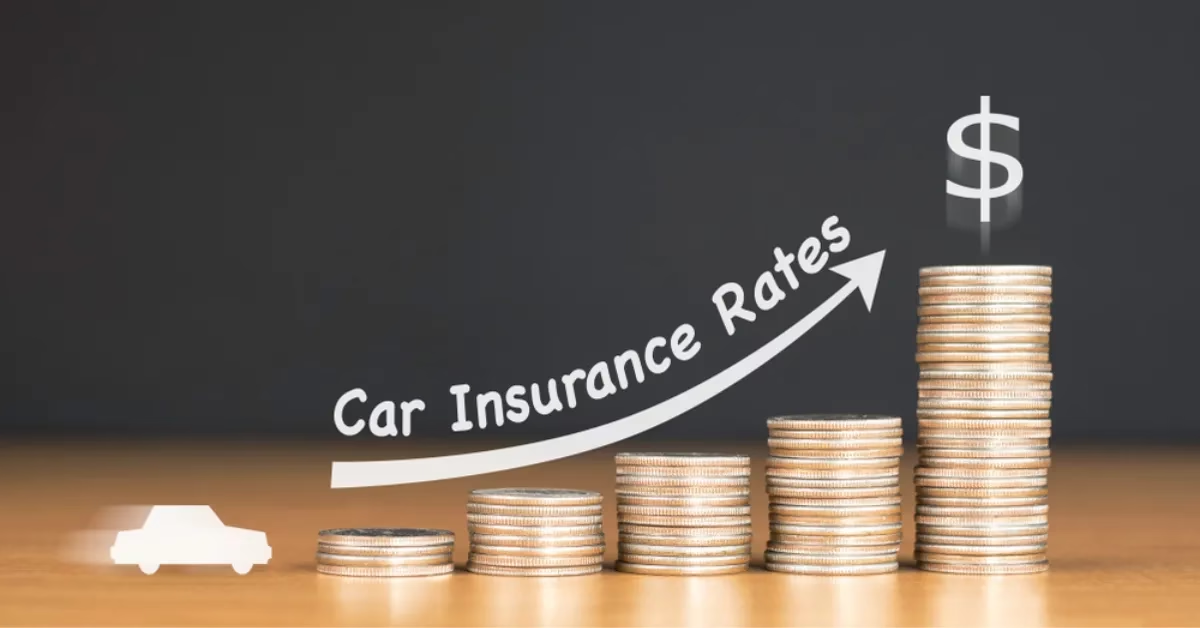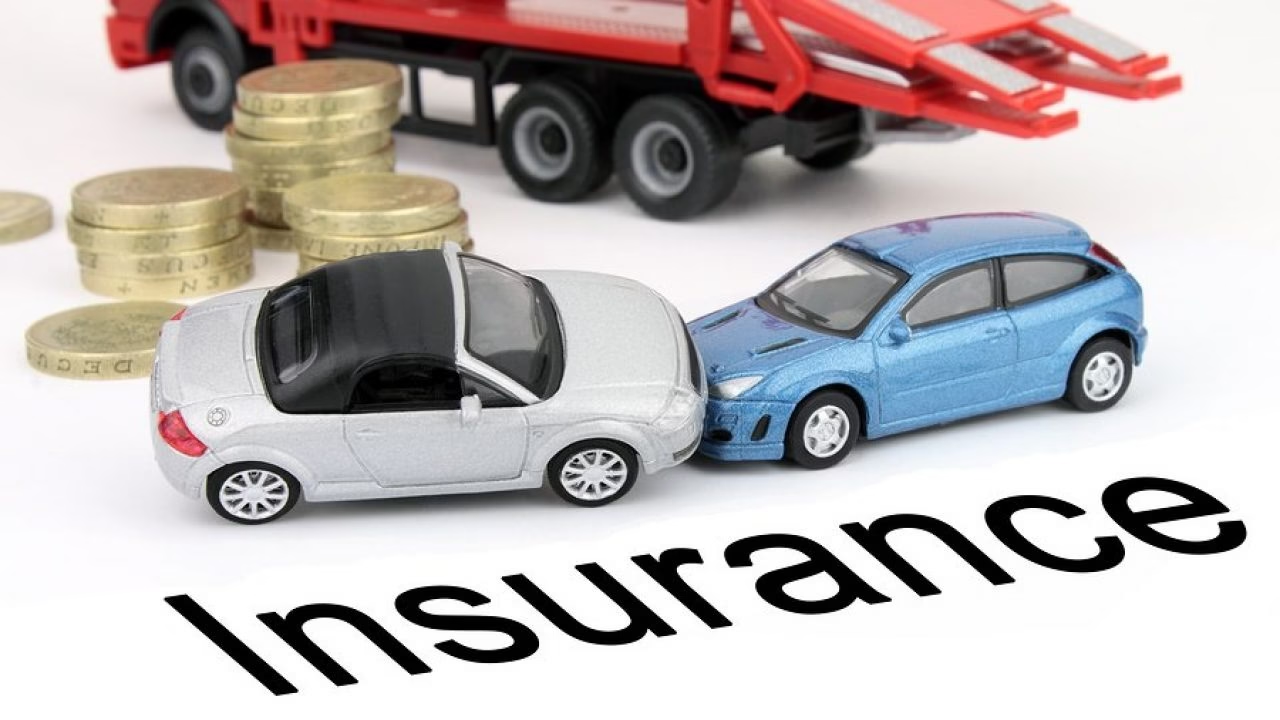Did you know that over 220 million drivers in the U.S. rely on car insurance to protect their vehicles? Yet, no two drivers are the same. Your car, driving habits, and financial situation all play a role in determining the best insurance coverage for you.
Finding the right plan doesn’t have to be overwhelming. Whether you’re looking for basic protection or comprehensive options, there’s a solution that fits your budget. Bundling policies, for example, can save you money while offering peace of mind.
Specialized programs like Liberty Mutual’s Deductible Fund® or New Car Replacement™ provide tailored benefits for your needs. This article will guide you through 10+ coverage types, helping you make informed decisions without breaking the bank.
Key Takeaways
- Every driver’s car insurance needs are unique.
- Balance protection and affordability for the best plan.
- Bundling policies can save you money.
- Specialized options like Deductible Fund® offer added benefits.
- Explore 10+ coverage types to find what works for you.
Understanding Auto Insurance Coverage
Accidents happen, but being prepared can make all the difference. Vehicle protection is designed to safeguard you financially in case of unexpected events like collisions, theft, or liability claims. It’s not just about fixing your car—it’s about ensuring you’re covered for medical bills, repairs, and other expenses.
At its core, this type of protection helps you manage risks on the road. Policies typically include liability coverage, which pays for another party’s medical expenses and property damage if you’re at fault. Additionally, medical payment coverage can help with costs for injuries to you or your passengers.
What is Auto Insurance Coverage?
It’s a financial safety net that protects you from the costs of accidents and other incidents. Whether it’s repairing your vehicle or covering third-party expenses, the right policy ensures you’re not left footing the bill alone. For example, liability coverage handles costs for others, while collision coverage focuses on your car’s repairs.
Why is Auto Insurance Important?
First, it’s the law. 49 out of 50 states require drivers to carry at least minimum liability coverage. Driving without it can lead to fines, license suspension, or even personal financial risk if you’re involved in an accident. Beyond legal requirements, it provides peace of mind, knowing you’re protected against unexpected costs.
- It covers vehicle repairs and third-party costs.
- Medical payment options help with injury-related expenses.
- Driving uninsured can result in legal and financial consequences.
Types of Auto Insurance Coverage
Not all car insurance policies are created equal—knowing the differences matters. From protecting your vehicle to covering medical expenses, each type of policy serves a specific purpose. Understanding these options ensures you’re prepared for whatever comes your way.
Liability Coverage
Liability coverage is the foundation of most policies. It pays for damages or injuries you cause to others in an accident. For example, California requires minimum limits of 25/50/25, meaning $25,000 for bodily injury per person, $50,000 per accident, and $25,000 for property damage.
Collision Coverage
If your vehicle hits another car, tree, or guardrail, collision coverage steps in. It covers repair costs, regardless of who’s at fault. On average, collision repairs cost around $15,000, making this a valuable addition to your policy.
Comprehensive Coverage
Comprehensive protection handles non-collision incidents like theft, vandalism, or natural disasters. For instance, if a hailstorm damages your car or an animal strikes it, this coverage has you covered. The average claim for animal strikes is about $4,000.
Personal Injury Protection (PIP)
PIP covers medical expenses for you and your passengers, even if you’re at fault. It’s mandatory in 16 “no-fault” states and can even include up to $1,000 for vet bills if your pet is injured in an accident.
Uninsured/Underinsured Motorist Coverage
With 1 in 8 drivers uninsured, this coverage is crucial. It protects you if you’re hit by someone without enough liability insurance. It ensures you’re not left paying for damages out of pocket.
How to Choose the Right Auto Insurance Coverage
Choosing the right protection for your vehicle doesn’t have to be confusing. By understanding your driving habits, budget, and specific needs, you can find a plan that works for you. Let’s break it down into simple steps.

Assessing Your Needs
Start by evaluating your driving lifestyle. How often do you drive? Do you commute long distances or park in a secure garage? These factors help determine the level of protection you need. For example, if you drive frequently, higher liability limits might be a smart choice.
State Farm agents can assist with a localized risk analysis, ensuring your policy aligns with your area’s specific challenges. Whether it’s weather risks or traffic patterns, they’ve got you covered.
Understanding Your Budget
Your budget plays a key role in selecting the right plan. A good rule of thumb is to keep your vehicle protection costs below 10% of your household income. This ensures affordability without compromising on essential coverage.
Consider your deductible options too. A higher deductible, like $1,000, can lower your premiums, while a lower one, such as $500, means less out-of-pocket costs if you file a claim. Choose what fits your financial situation.
Comparing Coverage Options
Not all plans are the same. Progressive, for instance, offers 12+ options with adjustable limits and deductibles. Take time to compare carriers based on their financial strength ratings (AM Best) and claim satisfaction scores (J.D. Power).
Don’t forget niche offerings like rideshare endorsements. If you drive for Uber or Lyft, Progressive’s partnership with Uber provides tailored benefits. Exploring these options ensures you get the most value for your money.
Additional Coverage Options
Exploring extra protection options can enhance your driving experience. Beyond standard plans, add-ons like rental car reimbursement, roadside assistance, and gap coverage provide extra security and convenience. These features ensure you’re prepared for unexpected situations on the road.

Rental Car Reimbursement
If your vehicle is in the shop for repairs, rental car reimbursement can save the day. Policies like Liberty Mutual’s offer $30-$50 per day, depending on your plan. Compare limits—some policies cap at $900 per month, while others go up to $1,500. This add-on ensures you stay mobile while your car is being fixed.
Roadside Assistance
Breakdowns can happen anytime, anywhere. Roadside assistance provides 24/7 service for lockouts, fuel delivery, and winching. For just $20 a year, this feature can save you from a $300 tow truck fee. Progressive’s Trip Interruption even covers $500 for lodging and meals if you’re stranded 100+ miles from home.
Gap Coverage
If your car is totaled or stolen, gap coverage bridges the difference between your loan balance and the car’s actual cash value. For example, if your car’s value is $25,000 but you owe $28,000, this add-on covers the $3,000 gap. It’s a smart choice for new car owners or those with long-term loans.
“Specialty programs like State Farm’s Mexico Car Insurance ensure you’re covered even when driving across borders.”
| Coverage Type | Key Benefits | Average Cost |
|---|---|---|
| Rental Car Reimbursement | $30-$50/day, up to $1,500/month | $15-$30/year |
| Roadside Assistance | 24/7 lockout, fuel, winching service | $20/year |
| Gap Coverage | Covers loan vs. car value difference | $20-$40/year |
These additional options ensure you’re protected in unique situations. Whether it’s a breakdown, theft, or a cross-border trip, they provide peace of mind and convenience.
Tips for Saving on Auto Insurance
Saving on your car insurance doesn’t have to be a challenge. With a few smart strategies, you can lower your premiums while still getting the protection you need. Whether you’re bundling policies, adjusting your deductible, or taking advantage of discounts, there are plenty of ways to save.
Bundling Policies
One of the easiest ways to save is by bundling your car insurance with other policies. Combining your auto and home insurance, for example, can save you an average of 22% on premiums. Companies like State Farm and Progressive offer attractive bundle deals that make it worth considering.
Not only does bundling save money, but it also simplifies your payments. You’ll have one less bill to worry about each month, and managing your policies becomes much easier.
Increasing Your Deductible
Raising your deductible is another effective way to reduce your premiums. For instance, increasing your deductible from $500 to $1,000 can lower your collision premiums by 15-30%. Just make sure you can afford the higher out-of-pocket cost if you need to file a claim.
Progressive’s Deductible Savings Bank® is a great option. It reduces your deductible by $50 for every claim-free year, rewarding safe drivers with additional savings.
Taking Advantage of Discounts
Many drivers overlook the wide range of discounts available. State Farm, for example, offers 15+ discounts, including:
- Good Student Discount: For drivers with a GPA of 3.0 or higher.
- Anti-Theft Device Discount: If your car has an alarm or tracking system.
- Paperless Billing Discount: For opting out of paper statements.
Usage-based programs like Allstate’s Drivewise and Progressive’s Snapshot can also help you save. These programs track your driving habits and reward safe behavior with lower rates.
“Don’t just settle for minimum coverage. Investing in higher liability limits, like $100k, can save you from financial headaches in the long run.”
By exploring these options, you can find the right balance between savings and protection. Start today and see how much you can save on your car insurance!
Common Mistakes to Avoid
Mistakes in selecting your car protection plan can cost you more than you think. From underinsuring your vehicle to overlooking key details, small errors can lead to big financial consequences. Let’s explore the most common pitfalls and how to avoid them.
Underinsuring Your Vehicle
Opting for minimum liability limits might seem like a way to save money, but it can leave you exposed. For example, if you cause an accident with $45,000 in property damage, a $5,000 limit won’t cover the costs. State Farm reports that 37% of drivers discover coverage gaps during annual reviews.
To avoid this, consider higher liability limits. While it may increase your premium slightly, it provides better protection against unexpected expenses.
Overlooking Policy Details
Many drivers skim through their policy documents, missing critical details. Progressive found that 68% of claimants misunderstand rental reimbursement limits. Exclusions like rideshare gaps, aftermarket parts, or intentional damage can also catch you off guard.
Take time to read your policy thoroughly. If something isn’t clear, ask your provider for clarification. Knowing what’s covered—and what’s not—can save you from denied claims.
Not Reviewing Your Policy Regularly
Life changes, and so should your coverage. Adding a new driver, modifying your vehicle, or even changes in mileage can affect your needs. A real-life example: one driver faced an $8,000 denied claim due to undisclosed business use of their car.
Create a policy review checklist. Include factors like:
- Mileage changes
- New drivers in your household
- Vehicle modifications
Progressive recommends bi-annual reviews using NADA guides to adjust your car’s actual cash value (ACV). Staying proactive ensures your coverage keeps up with your life.
“Regular reviews of your policy can prevent costly surprises and ensure you’re fully protected.”
By avoiding these common mistakes, you can secure the right protection for your needs. Take the time to assess your policy and make adjustments as necessary. It’s a small effort that can save you from big headaches down the road.
Conclusion
Protecting your vehicle doesn’t have to be complicated or expensive. By understanding your needs and exploring your options, you can find a plan that fits your budget. Whether it’s basic liability or comprehensive protection, the right choice ensures peace of mind on the road.
Save money by bundling policies, taking defensive driving courses, or adjusting your deductible. Request quotes from multiple carriers like GEICO, Allstate, or Farmers to compare rates. Don’t forget to review your policy annually using tools like Coverage Counselor® to ensure it still meets your needs.
Take action today to secure the right car insurance for your lifestyle. Matching your coverage to your net worth protects your assets and keeps you prepared for the unexpected.
FAQ
What does liability protection cover?
Liability protection helps pay for damages or injuries you cause to others in an accident. It includes both bodily injury and property damage costs.
Why is collision protection important?
Collision protection covers repairs to your vehicle if it’s damaged in a crash, regardless of who’s at fault. It’s especially useful for newer or high-value cars.
What does comprehensive protection include?
Comprehensive protection covers non-collision incidents like theft, vandalism, fire, or hitting an animal. It’s a great safeguard against unexpected events.
How does personal injury protection (PIP) work?
PIP covers medical expenses for you and your passengers after an accident, regardless of fault. It can also include lost wages and other related costs.
What is uninsured/underinsured motorist protection?
This protection helps if you’re in an accident with a driver who has no or insufficient protection. It covers your medical bills and vehicle repairs.
Should I consider rental car reimbursement?
Rental car reimbursement pays for a rental vehicle while yours is being repaired after a covered incident. It’s helpful if you rely on your car daily.
Is roadside assistance worth adding to my policy?
Roadside assistance provides help for breakdowns, flat tires, or lockouts. It’s a convenient add-on for peace of mind on the road.
What is gap protection, and do I need it?
Gap protection covers the difference between what you owe on your car and its current value if it’s totaled. It’s ideal for leased or financed vehicles.
How can I save on my policy?
You can save by bundling policies, increasing your deductible, or taking advantage of discounts like safe driver or multi-car offers.
What are common mistakes to avoid when choosing protection?
Avoid underinsuring your vehicle, overlooking policy details, and not reviewing your plan regularly to ensure it meets your needs.




